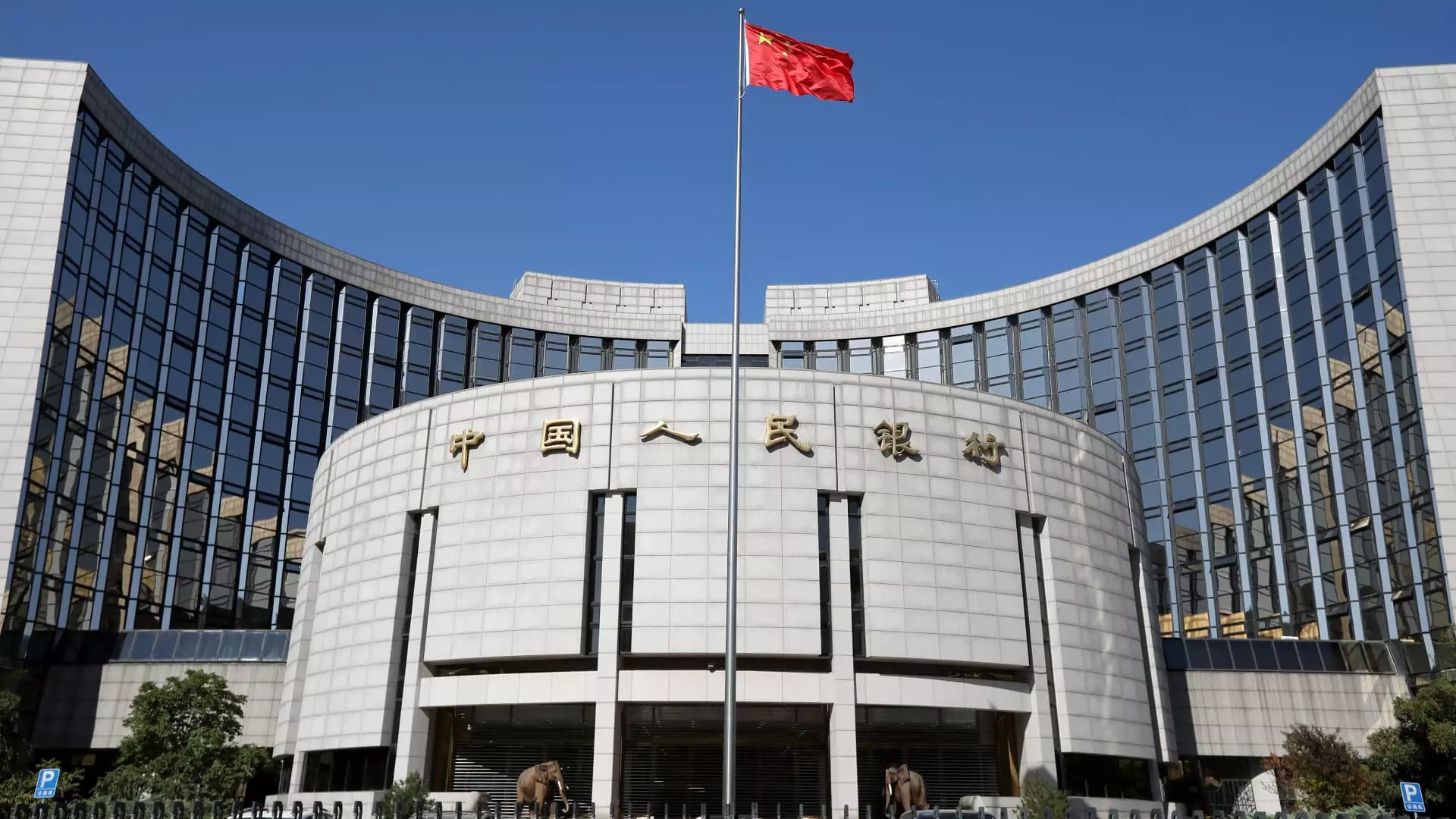China’s decision to keep its benchmark lending rates unchanged for four straight months appears, at first glance, as a calm, measured approach in the face of economic uncertainty. Yet, beneath this facade lies a deeper problem: a stage of persistent stagnation masked by cautious inaction. The People’s Bank of China’s (PBOC) choice to maintain the one-year loan prime rate at 3.0% and the five-year at 3.5% signals a reluctance to aggressively stimulate an economy visibly limping. While policymakers cite stability and market expectations, this deliberate restraint may actually deepen the cracks rather than mend them. The underlying message seems to be one of patience—perhaps too much patience—when urgency is demanded.
Market Sentiment vs. Real Economic Activity: A Dangerous Disconnect
Despite a modest rally in China’s stock market, key economic indicators paint a picture of distress. Retail sales, industrial output, and consumer prices have all missed expectations, highlighting a frail recovery that remains heavily dependent on external factors and government support. The slight increase in the offshore yuan offers little reassurance; currency movement alone cannot obscure sluggish domestic demand or the persistent threat of deflation. Markets often react to policy signals, yet the silence from authorities—holding rates steady amid clear signs of weakening—betrays a disconnect between financial optimism and on-the-ground realities. This disconnect risks creating a false sense of stability that ignores the structural issues pressuring household income, manufacturing, and investment.
A Call for Genuine Reform Over Superficial Measures
The broader narrative suggests that China’s leadership is hesitant to push for meaningful reforms, preferring incremental rather than radical adjustments. Their avoidance of major stimulus measures, despite clear economic fatigue, indicates a cautious balancing act—one that risks sacrificing long-term health for short-term stability. Critics argue that this restrained approach resembles a temporary patch rather than a strategic cure. The country’s reliance on debt-driven asset bubbles, coupled with declining consumer confidence, poses a threat to sustainable growth. Rather than continuing to bolster asset markets artificially, China’s policymakers should confront the root causes of economic imbalance: overleveraging, unproductive investments, and weak domestic consumption. The current stance, emphasizing risk management over growth stimulation too often, limits potential for genuine economic renaissance.
Looking Ahead: A Frustrating Need for Boldness
Many experts expect some form of marginal easing later this year, but these modest moves remain insufficient. The problem is not just about rate adjustments; it’s about political will. The global economic climate increasingly demands innovative, decisive action to foster resilient growth, yet China remains hesitant. It’s tempting to view their conservative approach as pragmatic, but it borders on risk aversion that could backfire. Without tackling core structural issues—such as excessive debt levels, inefficient state-owned enterprises, and sluggish consumer spending—the nation’s economic prospects could remain bleak or, at best, fragile. As Beijing treads cautiously, the true test lies in whether the leadership will muster the courage for bold reforms or retreat into superficial fixes that postpone inevitable overdue adjustments.

